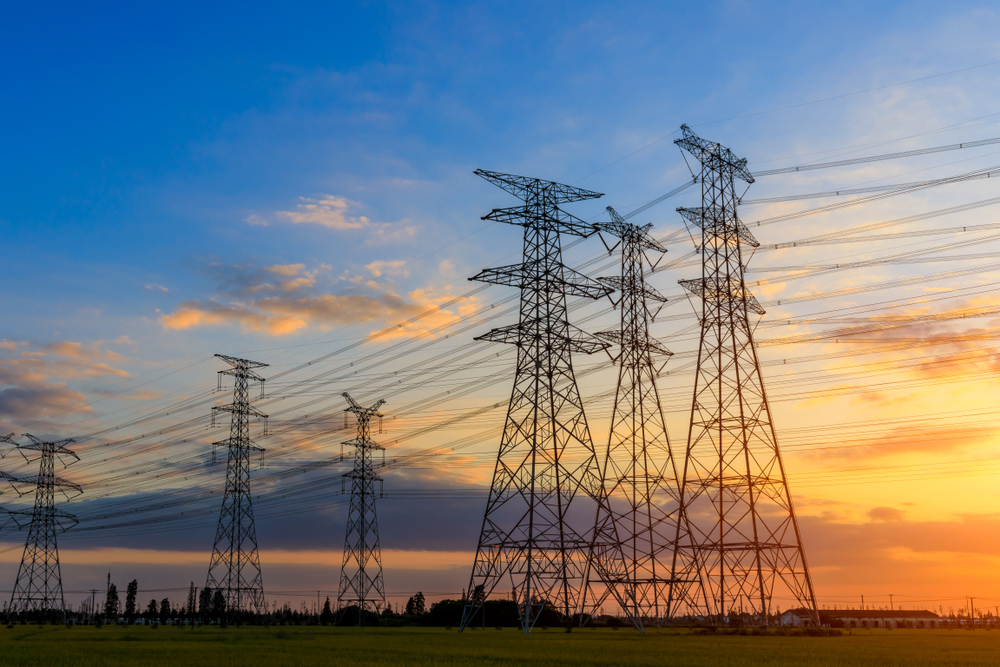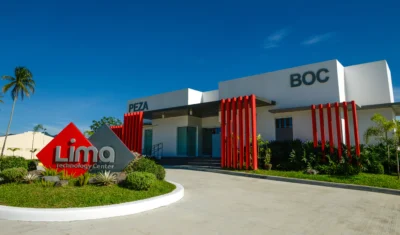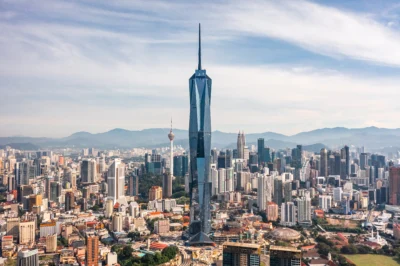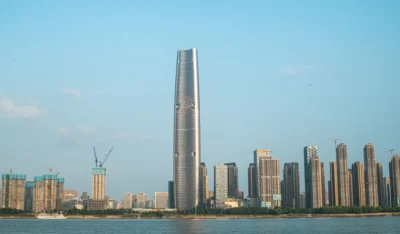China’s path to a unified national power market pioneers dual-carbon goals
The country faces interprovincial barriers, hydroelectric advancements, and UHV transformer milestones in its power transformation journey
China must establish a unified national power market to activate its dual-carbon goals. China Dialogue discussed the current state of electricity trading in China, highlighting challenges such as interprovincial barriers and price inelasticity. China’s electricity market has evolved through reforms, with a growing focus on spot trading.
However, most trading occurs within provinces, limiting inter-provincial transactions. The need for a unified national electricity market has gained prominence, with plans to develop a multi-level system by 2030. Inter-provincial spot trading is seen as a solution to address supply shortages and fluctuating prices. Enhancing grid capacity and market mechanisms are critical steps in China’s power transformation journey.
According to The Daily Star, China has activated the first two generating units of the Baihetan Dam, the world’s second-largest hydroelectric dam, in a bid to reduce fossil fuel demand and reliance on coal. The dam, located on the Jinsha River, aims to have 16 generating units with a capacity of one million kilowatts each.
Related: China’s reopening boosts commercial real estate sentiment in APAC
This move follows a global trend of environmental concerns about dams. Despite criticism, China is constructing more dams to decrease coal dependence and address surging oil and gas demands. Once fully operational, the Baihetan Dam is expected to eliminate the need for 20 million tons of coal annually.
On September 19, Echemi reported the China Southern Power Grid Corporation achieved a groundbreaking feat by repairing the world’s first damaged UHV converter transformer, saving four months of repair time and a lot of money in transportation costs. They set a new record by applying a 1254 kV DC withstand voltage to the converter site, reaffirming their international leadership in UHVDC equipment maintenance.
This repair was essential for the ±800 kV Nuozhadu power transmission project, as the damaged commutation had fallen during transportation. The company’s commitment to training and nurturing UHVDC technical talent has been pivotal in their successful maintenance endeavours, and they plan to establish an UHV test and maintenance base in 2016.
The Property Report editors wrote this article. For more information, email: [email protected].
Recommended
6 developments driving Asia’s green real estate shift
Developers are being incentivised to push a green agenda into daring new realms
The Philippines’ LIMA Estate drives sustainable industrial growth
LIMA Estate models a citywide vision that uplifts workers while appealing to climate-conscious employers
Malaysia property market rebounds with foreign interest and growth
The nation’s property market is stirring to life, fuelled by foreign buyers and major infrastructure drives
China’s renewable energy surge redefines housing norms and development
From exporting solar panels to building entire green-powered neighbourhoods, China’s renewable surge is redefining housing norms








